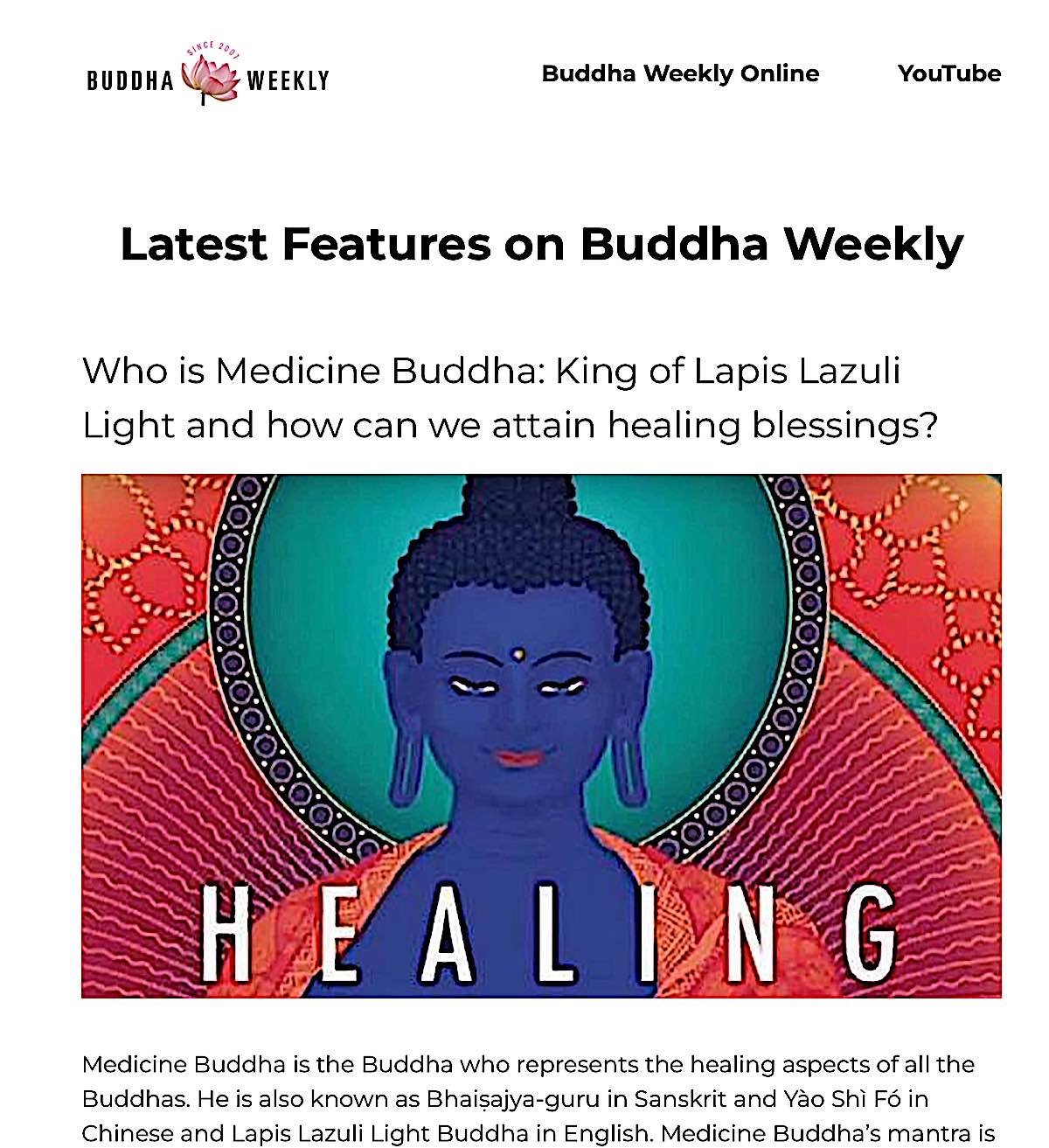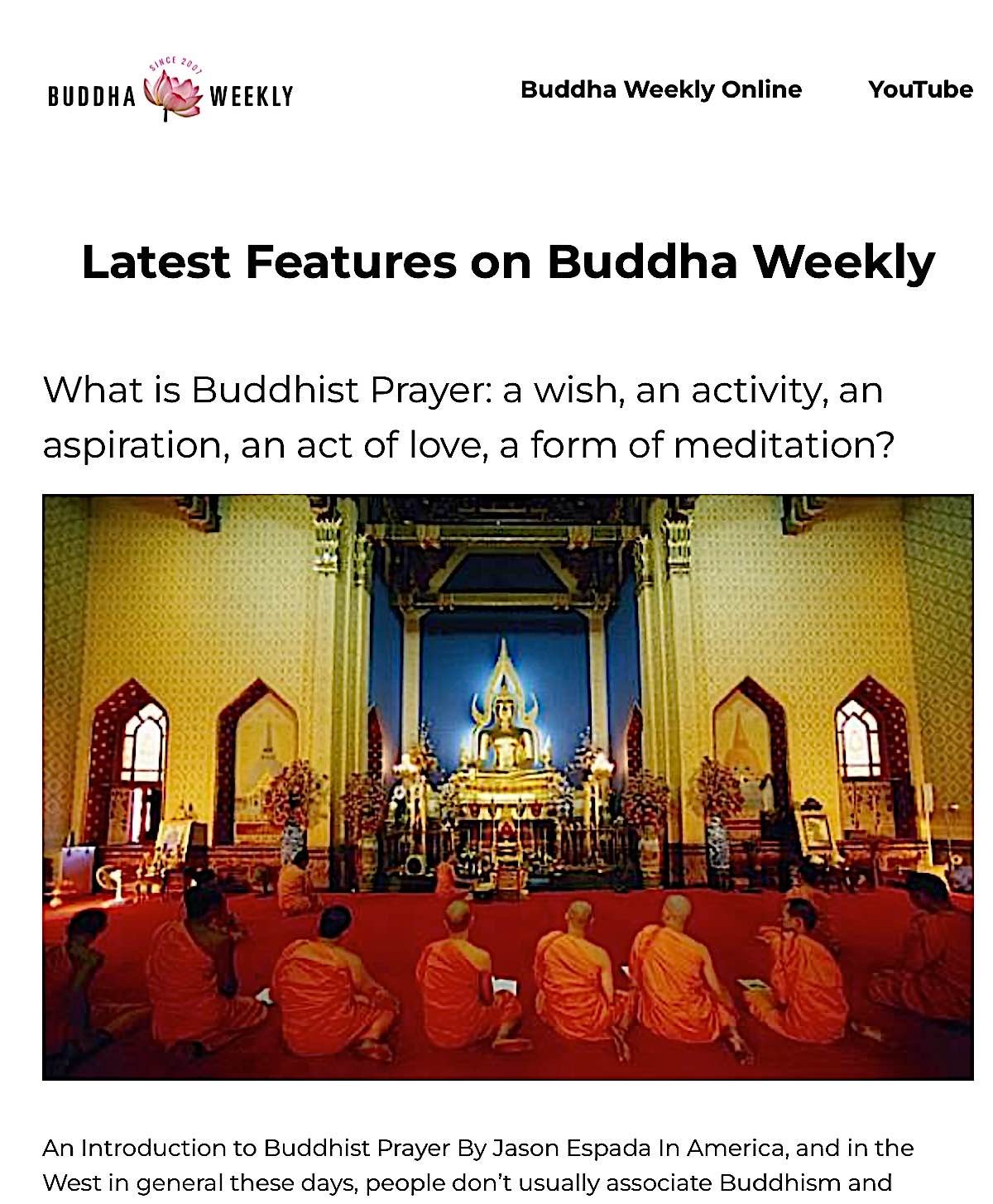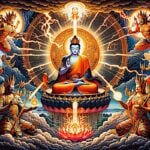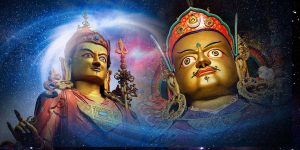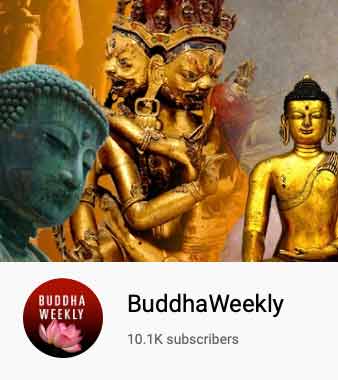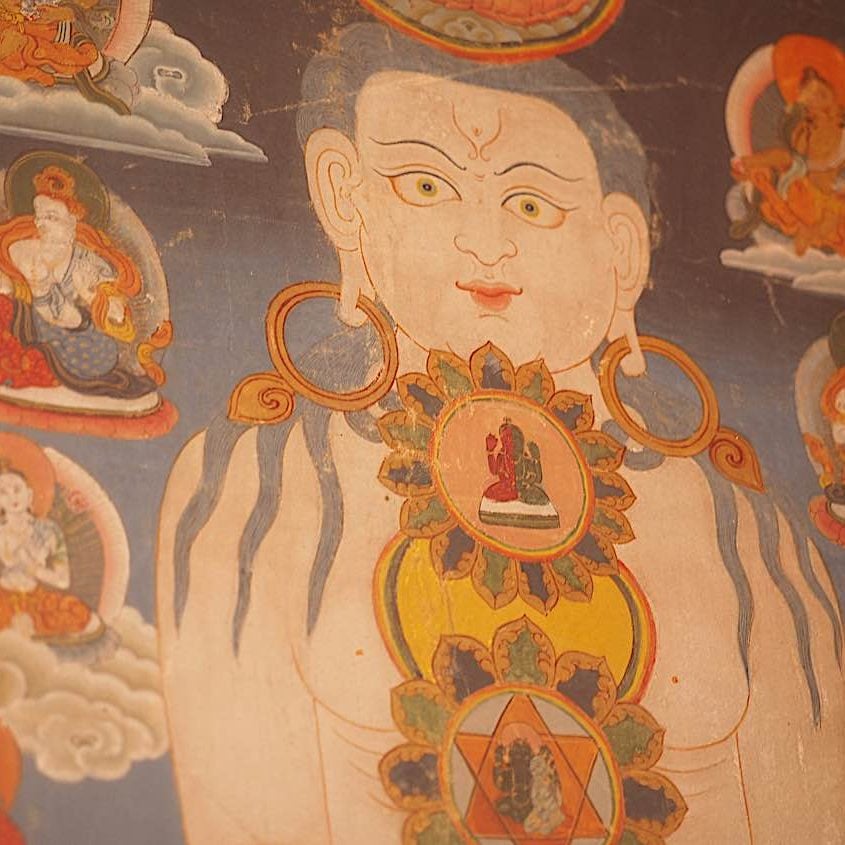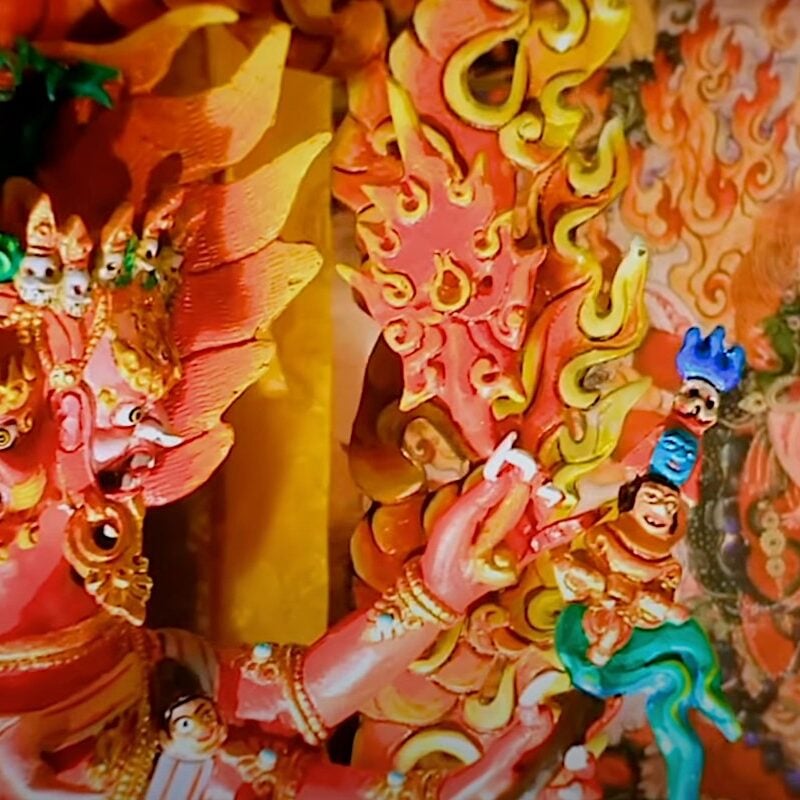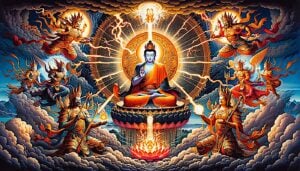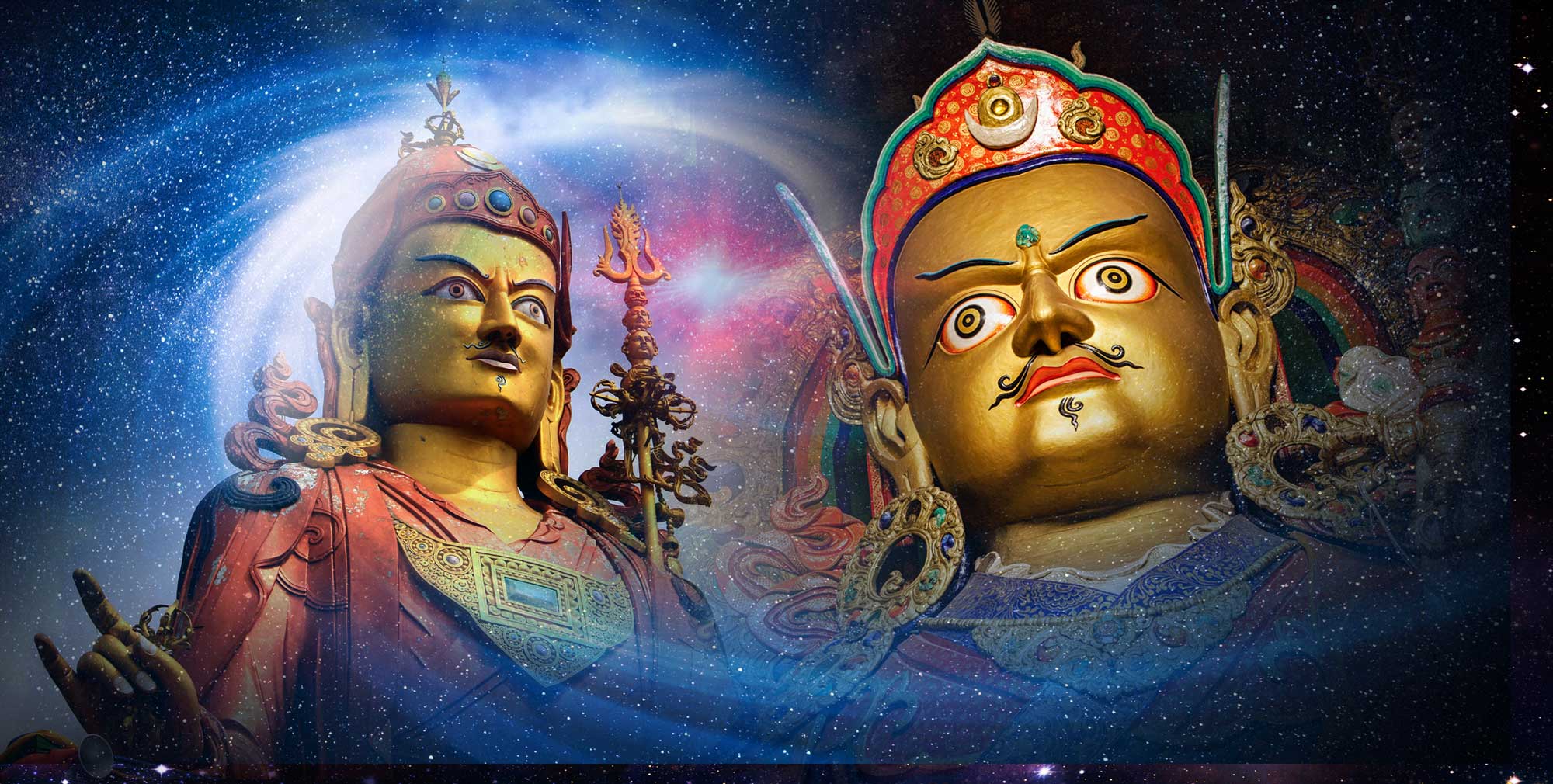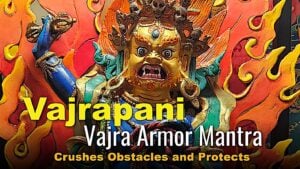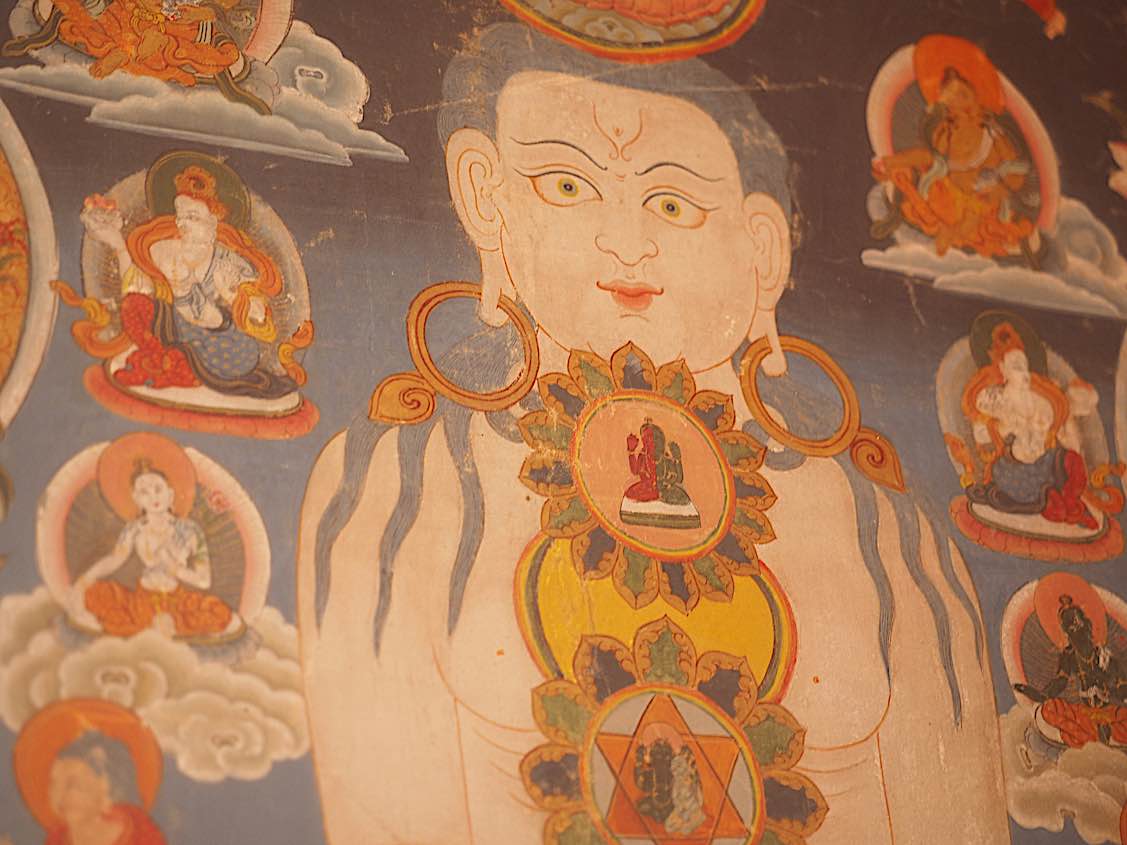Video: Are you a Dakini or Heruka? Wisdom and Compassion Practices in Vajrayana Buddhism
What is the Wisdom Dakini or Daka in Buddhism?
Which one are you? A Daka or a Dakini?
Why is their practice especially important in modern, active life, overcoming the obstacles and the poisons?
Why are they often depicted dancing, standing, and sometimes ferocious or even naked?
We answer these questions, with suggestions on how to define which practice is best for you, and introduce you to these Wisdom Activity practices in Buddhism.
Video:
CONTENTS
00:00-01:01 Are you a Daka or Dakini? Introduction
01:01-04:45 Wisdom and Compassionate Method Practices
04:45-05:22 Heruka or Daka Practices: Compassionate Method Activities
05:22-05:49 Dakini Wisdom Activities
05:49-06:29 Gender doesn’t matter
06:29-08:45 Symbolism of Dakas and Dakinis
08:45-10:31 Choosing a Dakini or Heruka as Yidam Meditational Deity
10:31-11:40 Five Activities and 5 Herukas and 5 Dakinis
11:40-12:20 White Buddha Family Heruka and Dakini
12:20-12:50 Red Padma Family Heruka and Dakini
12:50-13:30 Green Karma Family Heruka and Dakini
13:30-13:57 Blue Vajra Family Heruka and Dakini
13:57-14:18 Yellow Ratna Family Heruka and Dakini
14:18-15:30 Poisons and Obstacles Help Determine Practice
15:30-17:40 Sadhanas and Practices and Teachers
#greentara #6armedTara #Heruka #Daka #Dakini #jnanadakini #jnanadaka #hayagriva #vajrakilaya #vajrayogini #vajravarahi #kurukulla
In some ways, the Dakini and Daka Yidam practices are the most important practices in daily Vajrayana Buddhism.
Why is this? Because daily living — and daily practice — is about activity. Activity is the domain of the Wisdom Dakini and Wisdom Daka. The shortest essence definition of Wisdom Dakini or Daka is Enlightened Activity.
For this reason, we reserve every 10th of the lunar month for Daka practice, and every 25th of the lunar month for Dakini practice.
Here, we’re referring only to Wisdom Dakini or Wisdom Daka, or Enlightened Dakinis and Dakas. The terms Daka and Dakini, without the qualifier Wisdom, is sometimes also used to mean practitioners, as in the use of yogi and yogini. In this presentation we only discuss the Dakini and Daka deities.
Dakas and Dakinis are both “activity” oriented Enlightened deities, but they differ in two key ways. The Dakas focus on the activities of Compassionate Method, the Bodhisattva Path, and for this reason are also called Herukas or Heroes, or Pawo in Tibetan. The Dakinis focus on wisdom activities, and are called khandroma in Tibetan. Both Daka and Dakini are Activity.
More articles by this author

Guru Rinpoche is ready to answer and grant wishes: “Repeat this prayer continuously” for the granting of wishes
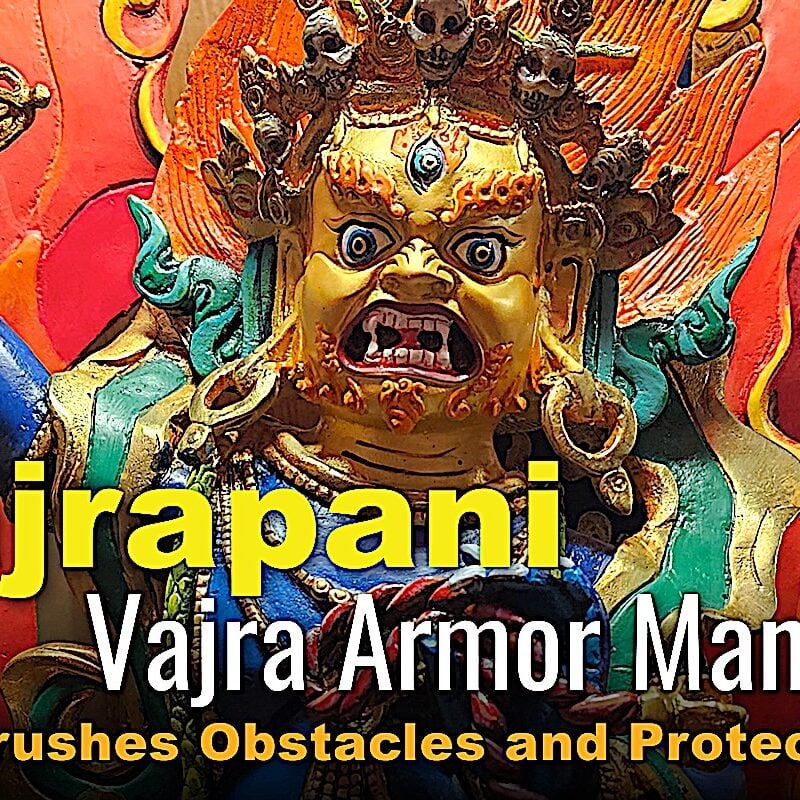
VIDEO: Vajrapani Vajra Armor Mantra: Supreme Protection of Dorje Godrab Vajrakavaca from Padmasambhava
Search
Latest Features
Please support the "Spread the Dharma" mission as one of our heroic Dharma Supporting Members, or with a one-time donation.
Please Help Support the “Spread the Dharma” Mission!
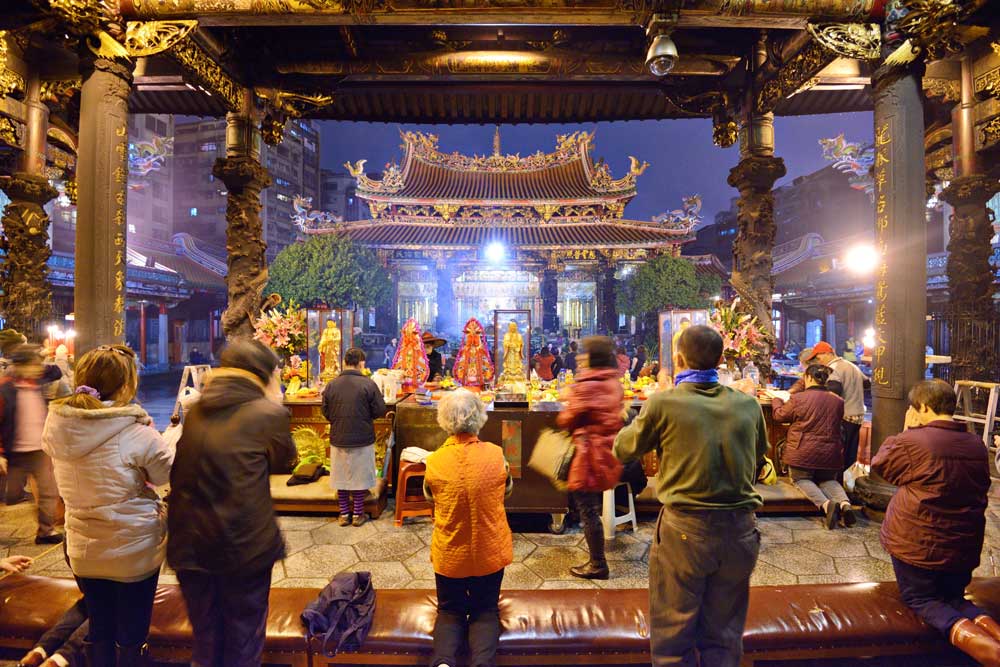
Be a part of the noble mission as a supporting member or a patron, or a volunteer contributor of content.
The power of Dharma to help sentient beings, in part, lies in ensuring access to Buddha’s precious Dharma — the mission of Buddha Weekly. We can’t do it without you!
A non-profit association since 2007, Buddha Weekly published many feature articles, videos, and, podcasts. Please consider supporting the mission to preserve and “Spread the Dharma." Your support as either a patron or a supporting member helps defray the high costs of producing quality Dharma content. Thank you! Learn more here, or become one of our super karma heroes on Patreon.
Lee Kane
Author | Buddha Weekly
Lee Kane is the editor of Buddha Weekly, since 2007. His main focuses as a writer are mindfulness techniques, meditation, Dharma and Sutra commentaries, Buddhist practices, international perspectives and traditions, Vajrayana, Mahayana, Zen. He also covers various events.
Lee also contributes as a writer to various other online magazines and blogs.
